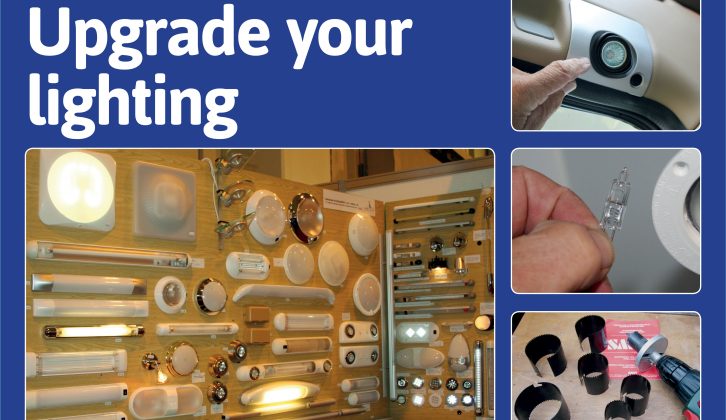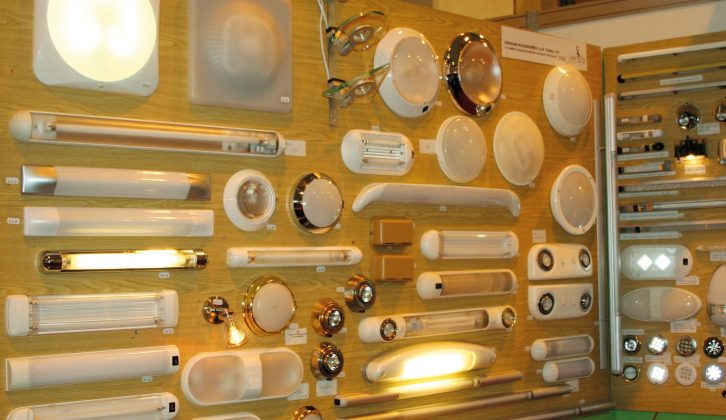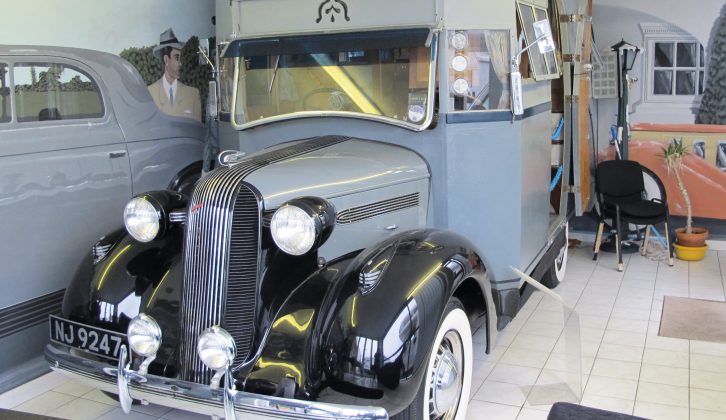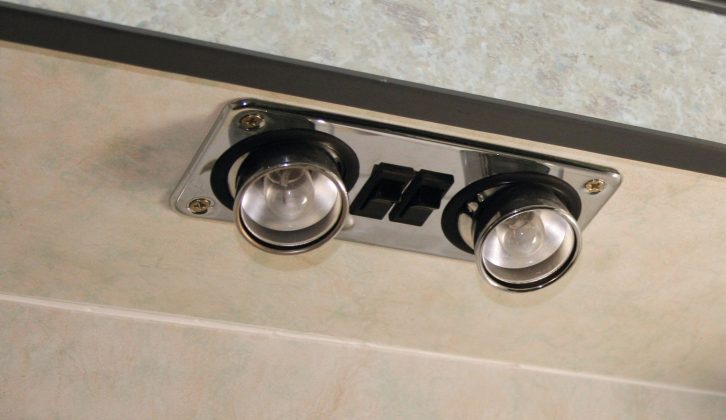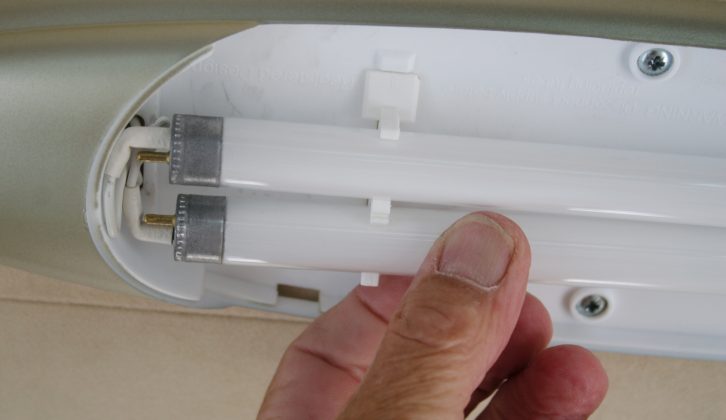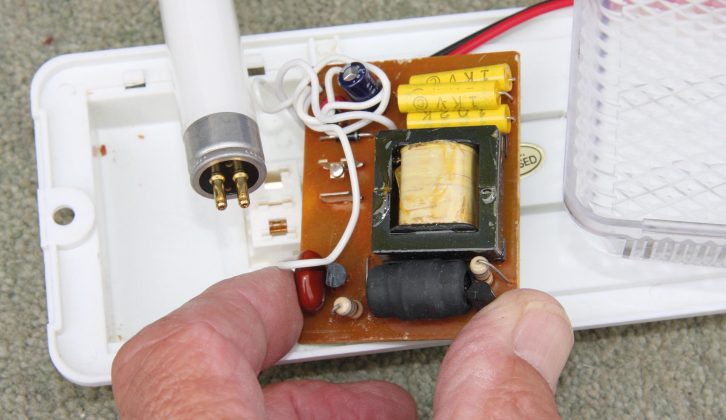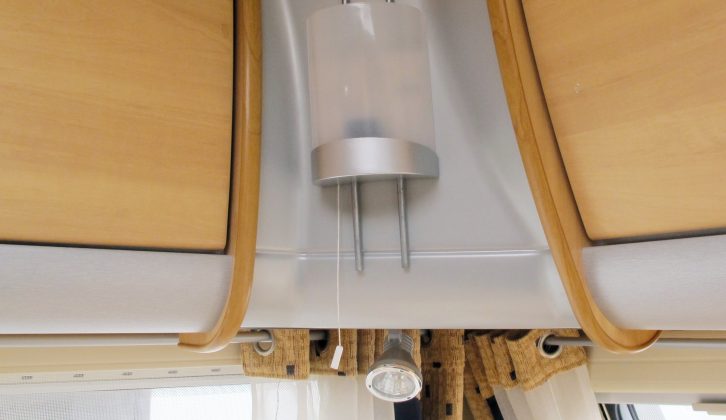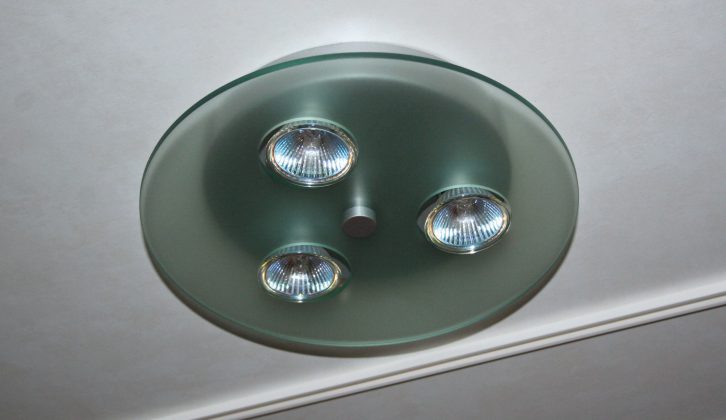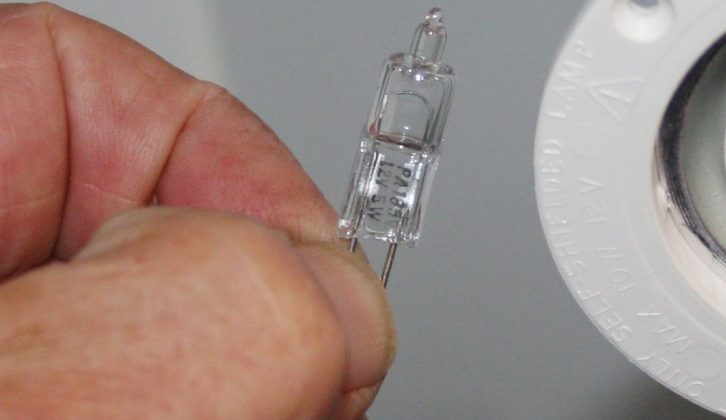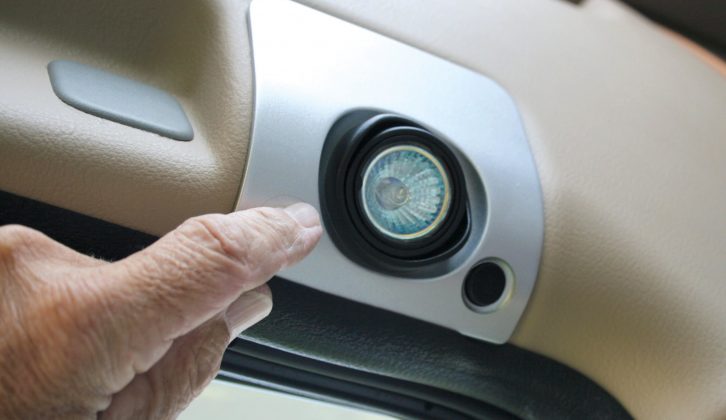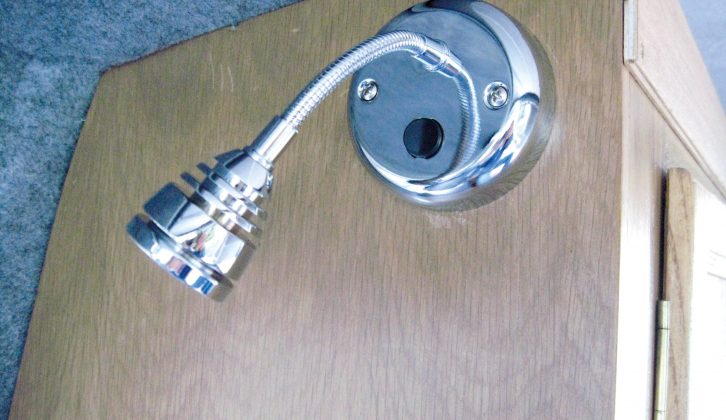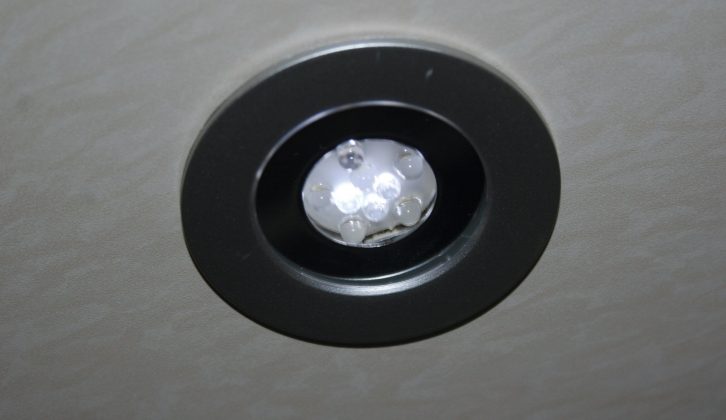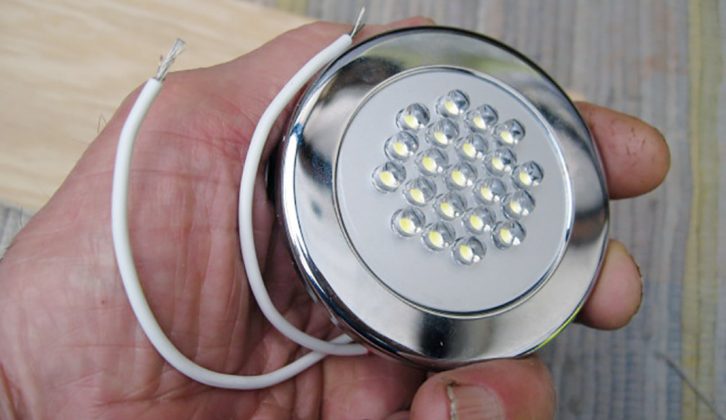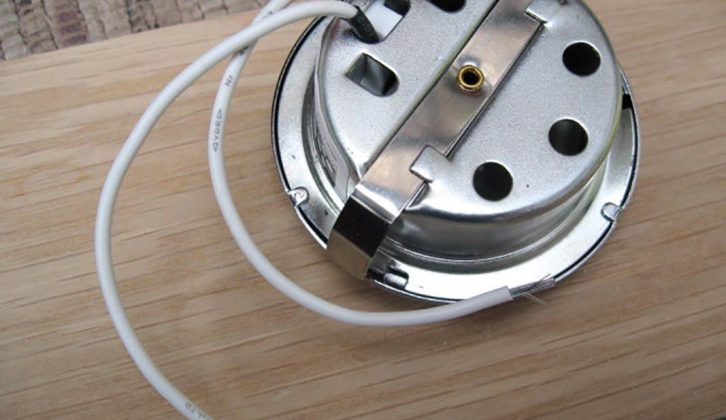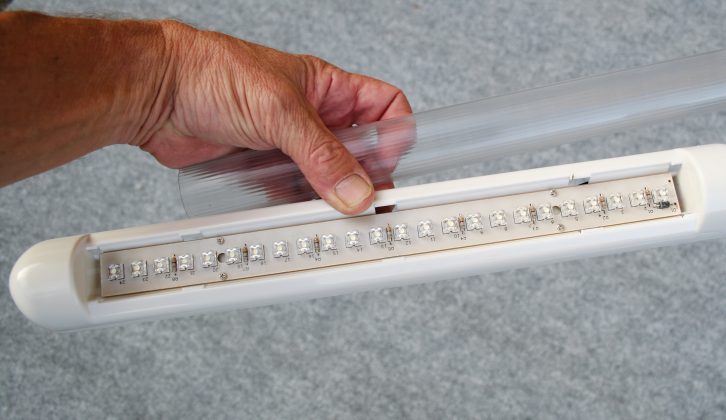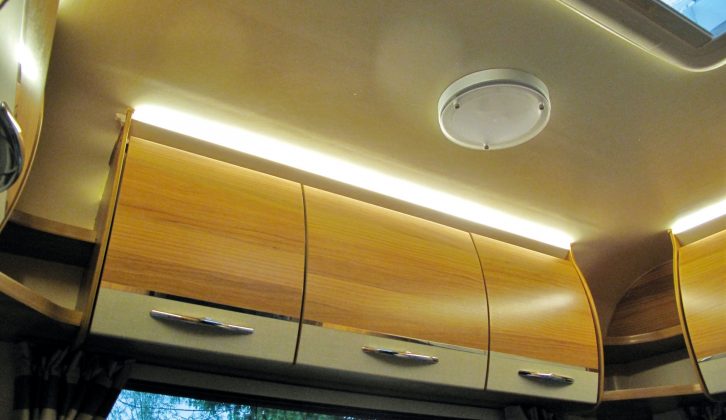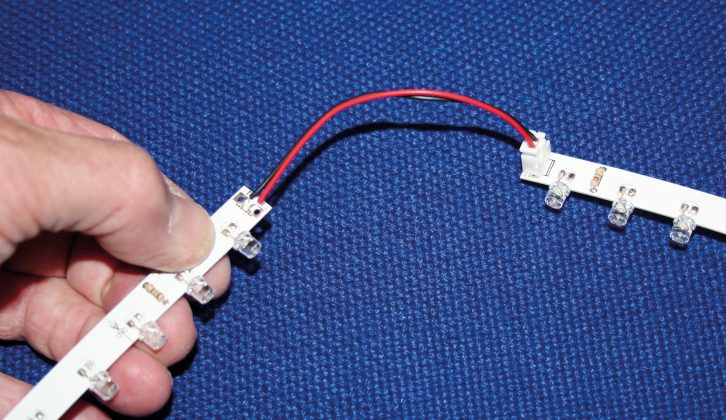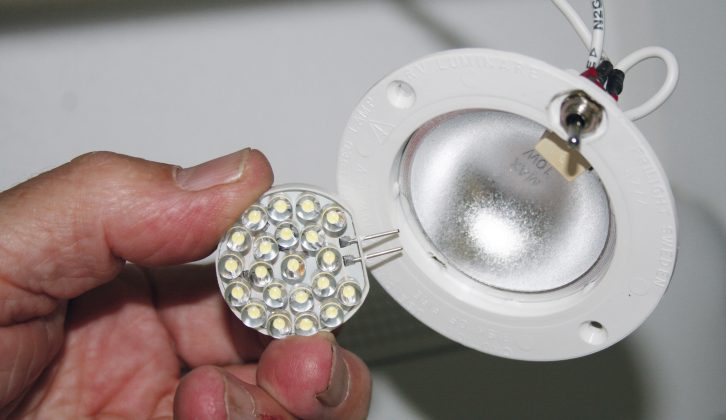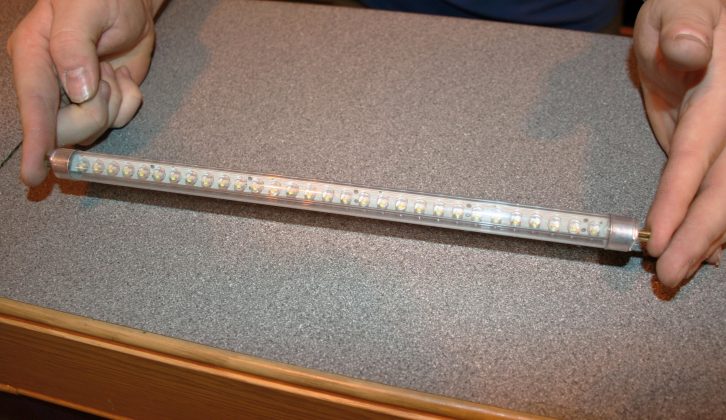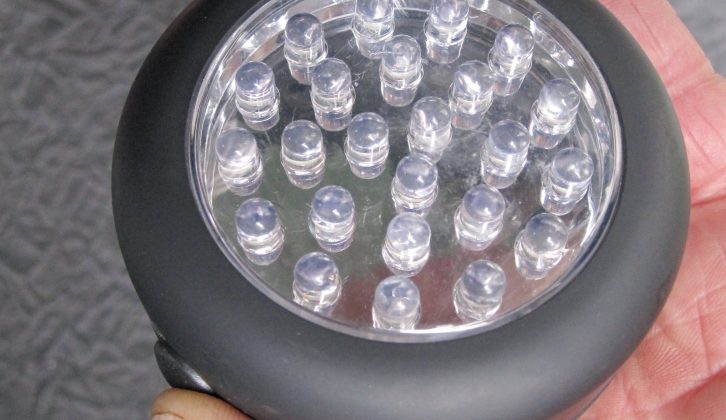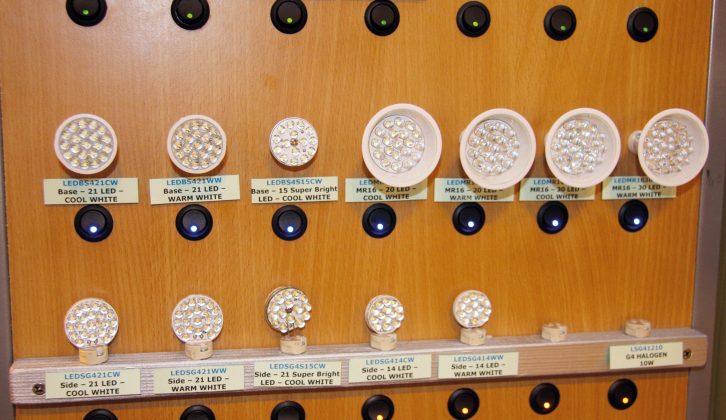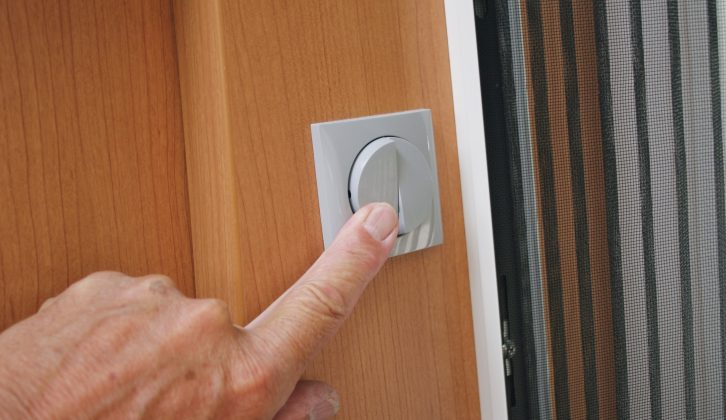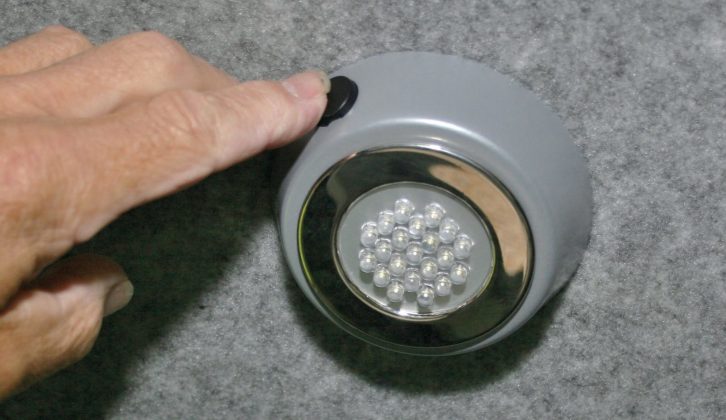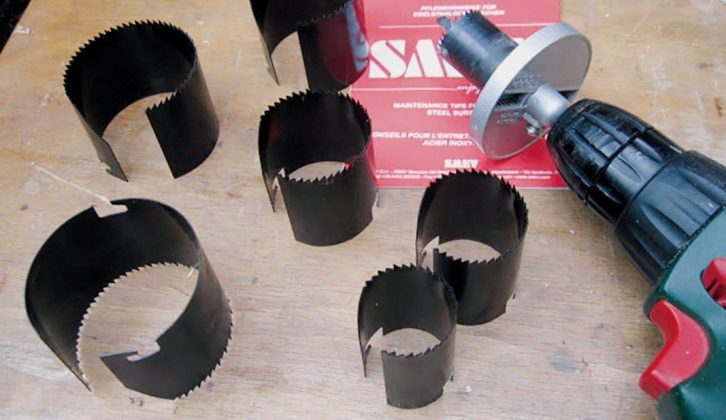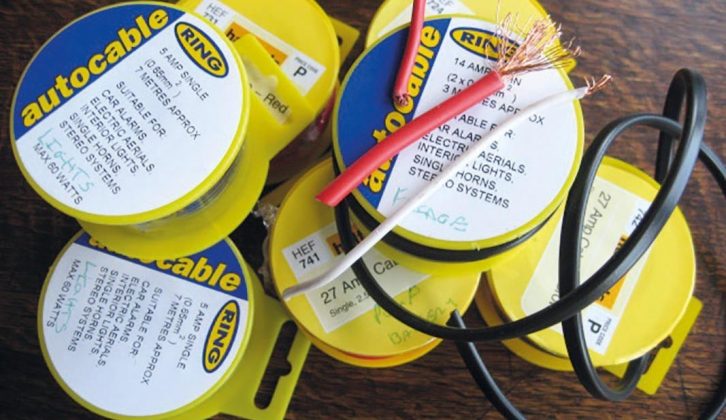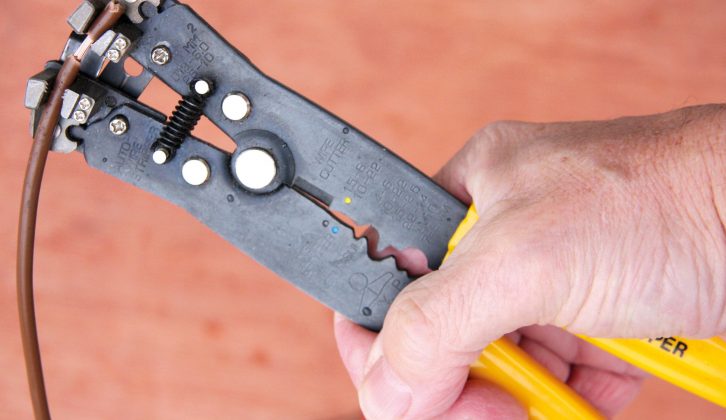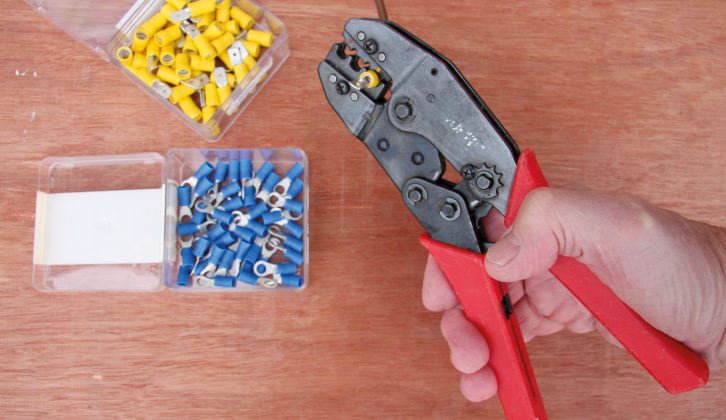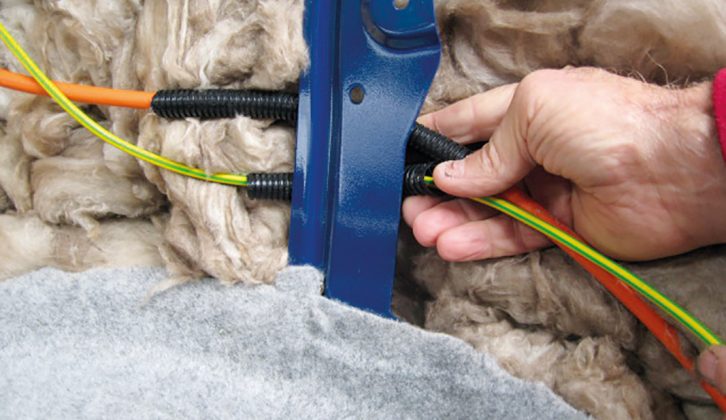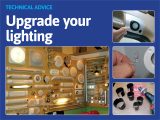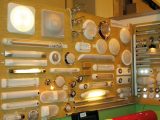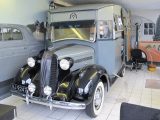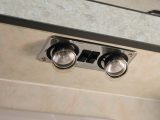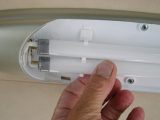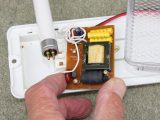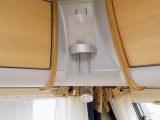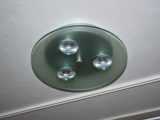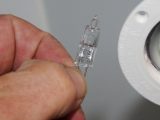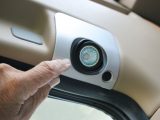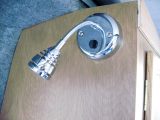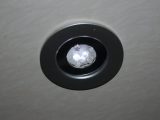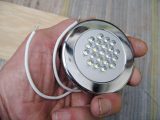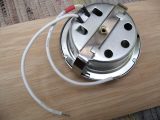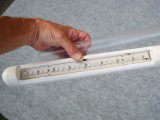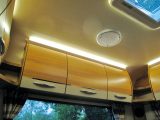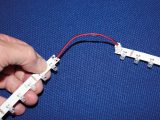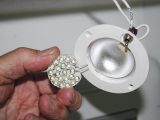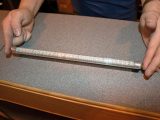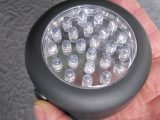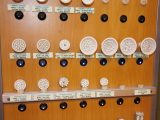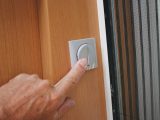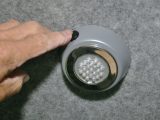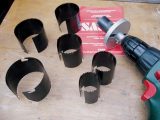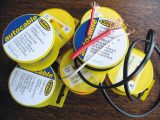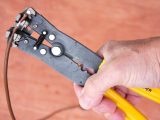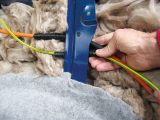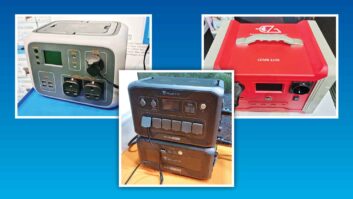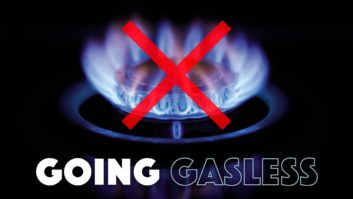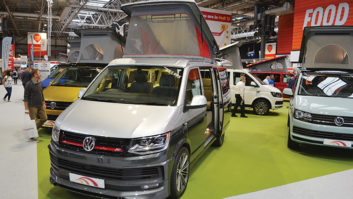It may be hard to imagine that electric lights have been fitted in motorhomes for more than 70 years. For proof, go to Kampers and Kars in Poole, where you’ll see a Pontiac-based 1936 motorhome equipped with 6V lights inside.
Many years passed before less-expensive campervans had interior lights that used car-type tungsten-filament 12V bulbs. While some owners like the rich yellow light, these can soon flatten a battery.
Fluorescent lighting
At the end of the 1960s, Labcraft, a company in Essex, recognised that good illumination could be produced by fluorescent tubes using limited power. This had already resulted in the increased use of 240V AC fluorescent light fittings in homes and businesses. However, no-one had created smaller versions for motorhomes, because they need around 130V AC to ignite the tube.
Labcraft found an intriguing solution: it created a miniaturised inverter to draw 12V DC from a battery and convert it to 130V AC. This inverter could fit inside the casing for one or two tubes. From the early 1970s, many ’vans had Labcraft products fitted.
However, there’s an important safety point to bear in mind. If a tube fails, make sure that the supply to the fitting is turned off before you open the casing to replace the tube.
Mains lighting
Campsites throughout Europe are equipped with 230V hook-ups, so it may be hard to imagine that the first ones were installed in 1977 as an experiment at 12 Caravan Club sites. They proved so popular that other site owners quickly adopted the idea and manufacturers started installing 230V lights in motorhomes.
This caused a dilemma because some motorhome owners don’t like using large sites equipped with mains supply pillars. Accordingly, 12V light units continued to be fitted in motorhomes and the inclusion of a 12V leisure battery to run appliances in the living area became a must-have item.
Halogen bulbs
The next products to arrive on the scene were halogen light fittings. Despite the merits of fluorescent lighting, some people dislike the clinical, cool colour emitted by the tubes. They preferred the illumination provided by 12V halogen bulbs, which had already caught on in domestic kitchens and bathrooms.
Both halogen ceiling and reading lamps can be bright and visually attractive, but there are snags. Their consumption of electricity is quite high and they are not tolerant of voltage surges, high voltages or the bumpy life in a road-going vehicle. They can also produce a great deal of heat and, if not installed with plenty of ventilation, damage can arise in both a light fitting and any materials adjacent to them.
LED products
Where halogen lights failed, light-emitting diodes (LEDs) scored higher on most counts – apart from price. For instance, 15 years ago, they were being installed in high-quality motor yachts, but were seldom found in motorhomes. I started fitting simple LED light assemblies in a self-build ’van at the same time, but they were costly.
Prices tumbled as soon as production of LEDs moved to the Far East. Initially their quality varied considerably and several motorhome owners complained when diodes in lamp clusters failed prematurely. Now, though, good-quality LED products are fitted with tiny built-in voltage regulators, which allow them to cope with variations ranging from around 10V to nearly 30V.
Then there’s the matter of colour. Early types produced a cool white light like that from fluorescent tubes, but later ones, such as ‘warm white’ whose output resembles that of halogens, are often preferred. However, LED fittings don’t get hot like halogens.
The ultimate advantage is that LED fixtures consume far less energy than comparable halogen set-ups. A typical G4 halogen bulb uses 10W while a lamp fitting comprising 10 LEDs uses around 2W. This is why LEDs are the standard choice for interior lights.
Making improvements
Given the wide choice of lighting products, many ’van owners want to add new lights and improve their old ones. Accessory suppliers provide plenty of ideas and established dealer workshops will fit the products as well.
In some instances, experienced DIYers can tackle these upgrades. The job normally involves basic installation strategies, selecting and coupling suitable cables, and appropriate fuses.
You first need a basic appreciation of electrical issues. A 12V supply may not cause electrocution, but a short circuit can lead to fire. So if in doubt, get an experienced person to carry out the work.
Click through our gallery at the top of the page to look at some issues involved with interior lighting.
LED fixtures consume far less energy than comparable halogen set-ups
